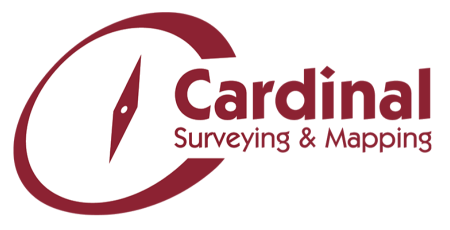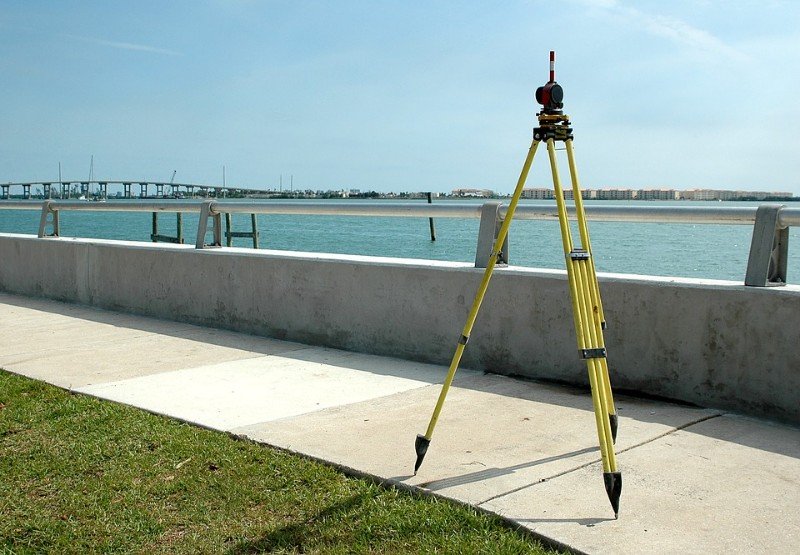Owning property can be a complex situation. What you can do with it depends, in part, on where the property line ends and where it is situated.
We have broken it down to three very important things to think about when determining what you can do with your property and what you need to do. In part one and two we discussed fences and easements, in part three we discuss flood insurance.
3. Flood Insurance
Imagine you’ve lived in your house for 15 years and have decided to take advantage of the low mortgage interest rates by refinancing your home.
The problem:
Your mortgage company tells you that you need to have flood insurance because your home is in a flood zone, although it wasn’t in a flood zone 15 years ago when you purchased it.
Now the solution:
Consider having an elevation certificate performed.
Flood Insurance Rate Maps (FIRMs) are constantly being updated and changed by the Flood Emergency Management Agency (FEMA). FIRMs show which properties may be located in the flood zone. The areas affected by flooding may change, which is why you may be in a flood zone now, but weren’t 15 years ago. An elevation certificate might be your solution. The elevation certificate determines the vertical location of your home (not your lot) and compares it to the flood zone data. If your home is located above the flood zone, you may not be required to carry flood insurance. Elevation certificates can be performed by Professional Land Surveyors, Architects, and Engineers.
There are many facets to owning property. Having a knowledgeable resource, such as a REALTOR®, can make property ownership easier. They can be a wealth of knowledge and can refer credible resources to you for any situation that may arise.

